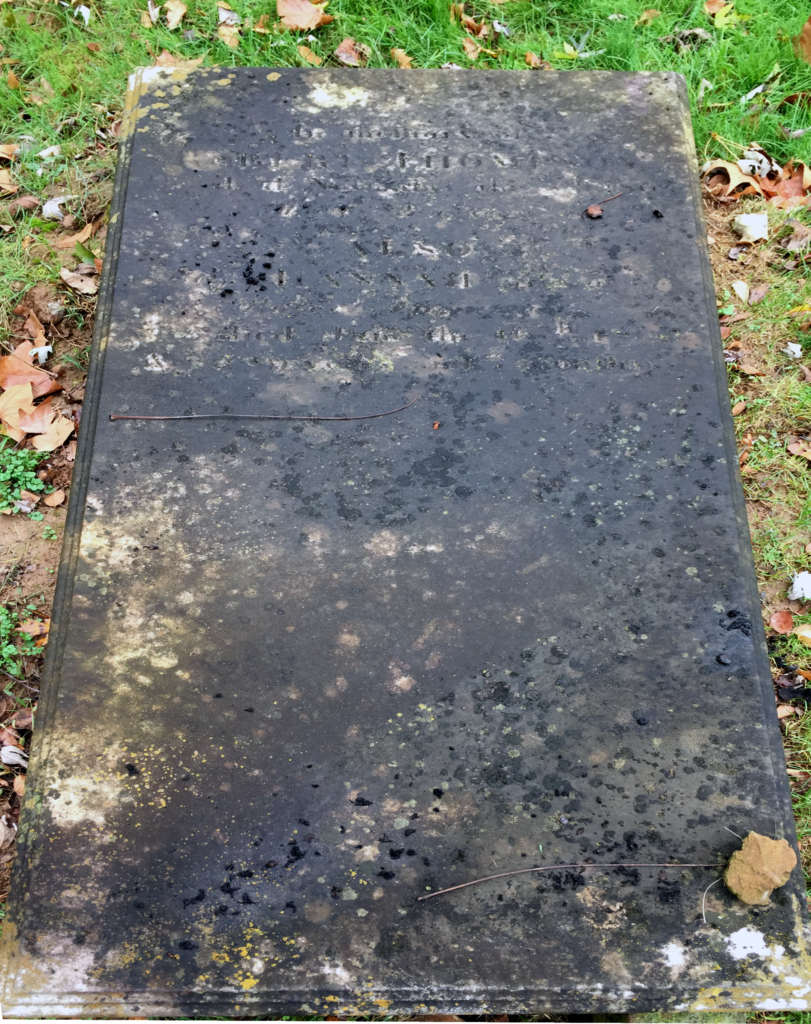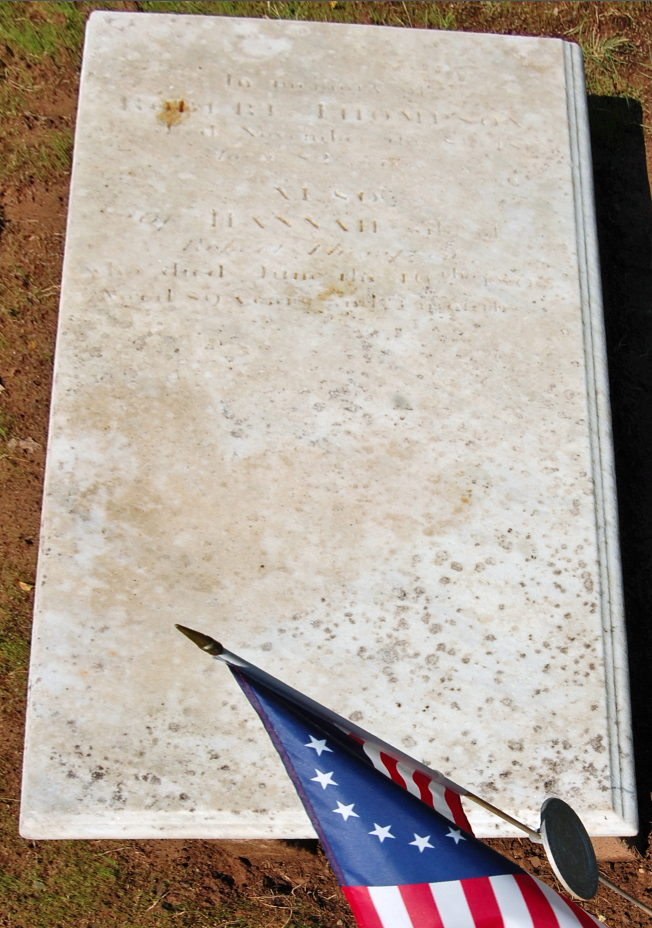After driving by the cemetery next to the historic Newtown Presbyterian Church countless times, Kimberly McCarty, the curator at Washington Crossing Historic Park, decided one morning that she was finally going to visit the gravesite of Robert Thompson.
His was a name she knew well. Robert Thompson developed the Thompson-Neely House and Farmstead—one of the historic sites operated by the Friends of Washington Crossing Park—into what it is today.
The original central section of the house was constructed around 1740 by a miller named John Simpson. A year after he died, his widow, Hannah, married Thompson, whose farming and milling businesses on the property made him one of the wealthiest men in Solebury Township by 1761.
In December 1776, Thompson’s family and his daughter Elizabeth’s family were living under the same roof when Continental Army troops encamped in the area. The house was used by the army for two weeks prior to Washington’s crossing of the Delaware River on Christmas. When Thompson died in 1804 at the age of 82, he left his large estate to his grandson, Robert Thompson Neely, including the main farmhouse and outbuildings, two mills, a cooper’s shop, and a distillery.
If McCarty hadn’t known what she was looking for in the North Sycamore Street cemetery, she likely wouldn’t have found it. Thompson’s flat, rectangular, marble gravestone had turned mostly black. And the engraving was barely legible. She could make out “Robert Thompson” and just underneath, even less clear, “Hannah.” (Hannah is buried in the same grave, though she was buried there first; Hannah died a year before Thompson.)

“It broke my heart a little to see it so dirty,” McCarty says. “Working at the Thompson-Neely House, I had become a bit attached to him.”
Later that day at the Thompson-Neely House and Farmstead, McCarty ran across Glenn Blakely, a Friends of Washington Crossing Park board member, and explained what she found. Together, they hatched a plan to restore the gravestone. McCarty found a conservator, B.R. Howard Conservation, and Blakely and fellow board member Ray Kasper provided the funding.
On August 9, the gravestone was restored not to its original form but to a much-improved state. The conservator’s cleaning agent works gradually, so the gravestone will look even better over time, McCarty says.

She believes that Thompson was a member of Newtown Presbyterian Church, though it’s impossible to confirm because the church’s records from that era have long since been lost, according to Karen Dorward, a member of the church’s Historic Church Committee. Still, McCarty has discovered members of his family buried in other Presbyterian cemeteries.
The couple’s gravesite isn’t the church’s only link to history. The building was one of several around Newtown that temporarily quartered some 900 Hessian soldiers who were captured during the Battle of Trenton. It’s unclear how many were held at the church before most were moved to Philadelphia and later, a stockade in Lancaster, but McCarty has documented their presence.
“What’s interesting about most historic sites is how their stories have strings that extend beyond the boundaries of the park,” McCarty says.

